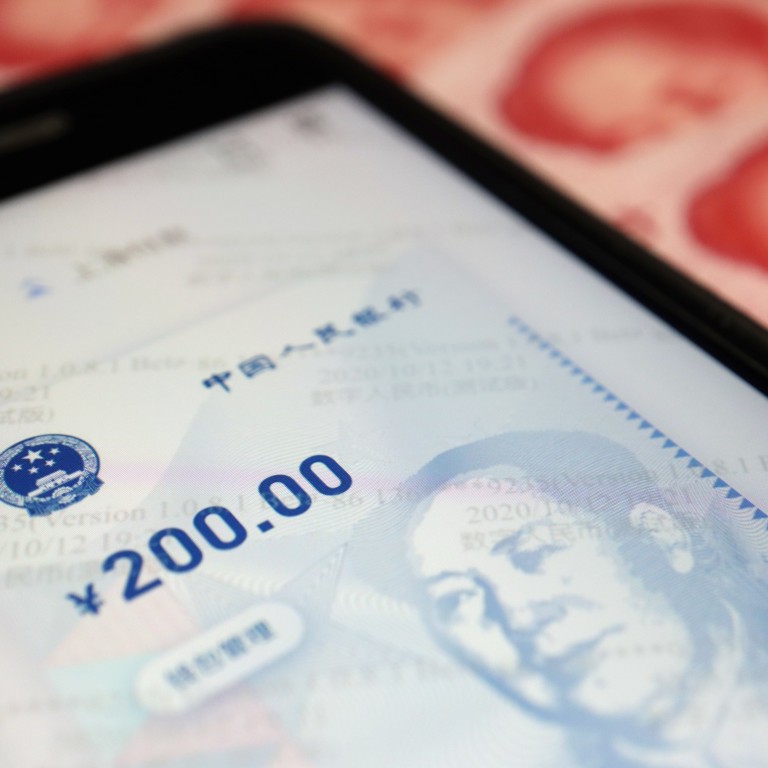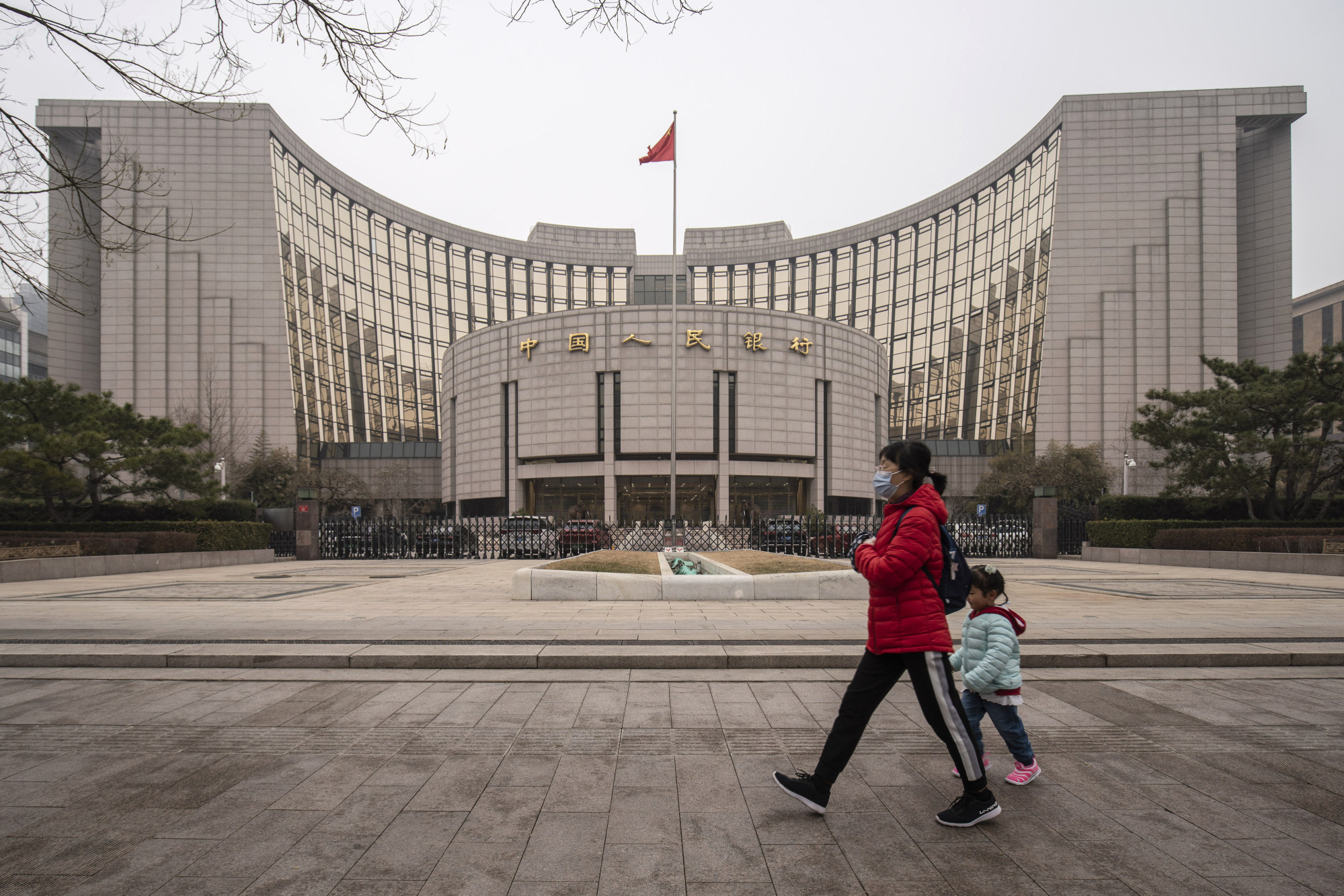
China’s central bank to build out fintech cloud infrastructure after clipping the wings of Ant Group, JD.com
- The People’s Bank of China unveiled plans to build up its own financial technology, including a ‘central bank cloud’
- The move comes after Ant Group and JD.com were forced to restructure their financial services, which will be overseen by the bank
China’s central bank said it is accelerating infrastructure development for its own financial technology, which includes upgrades to its data centres and the network linking all central bank offices and branches, along with creating a “central bank cloud” in 2021, in a bid to keep pace with a financial industry that is increasingly shaped by data, artificial intelligence and Big Tech.
The People’s Bank of China (PBOC) aims to strike a balance between “growth and supervision” of fintech, the bank said in a statement on its website following the conclusion of its nationwide technology work conference on Monday. The bank will draft a new plan for the industry this year, it said.
The PBOC’s moves in fintech come after the government recently clipped the wings of the industry’s biggest players by imposing new restrictions on internet-based financial and credit services.

It is currently unknown how the new structure will affect the central bank’s power over companies’ data, including consumer credit data gathered through different channels. Through the vast array of services offered by Big Tech companies, this data can show an individuals’ purchasing habits, travel records and other information.
The PBOC’s current capabilities for dealing with such large amounts of user data is unknown, but recent moves suggest the bank is looking at ways to address this.
Last year, the PBOC registered two new fintech companies. In July, it created a company called Chengfang Fintech with 2 billion yuan (US$307 million) in registered capital. Then in October, it founded Chengfang Financial Information Technology, with 1.5 billion yuan in registered capital.
What’s next for JD.com’s fintech arm after failed Shanghai IPO plan?
Chengfang Fintech is tasked with handling software development, technology transfer, data processing, and sales of software, equipment and electronics, according to corporate registration records. The company also posted a recruitment advertisement on the Peking University website, describing itself as dedicated to “improving the central bank’s capabilities and leading fintech development”.
Chengfang Financial Information Technology, on the other hand, will run the network that serves as the bank’s technical backbone and handle its four data centres and the PBOC’s cloud, records show.
The PBOC envisions fintech as a tool for improving services in the real economy within the existing financial system, according to past statements.
In August 2019, the bank published a 27-page national fintech development plan for the period 2019 to 2021. It detailed a vision of financial data sharing that would support the courts, pensions, commerce, taxation, customs, utilities and telecoms.
The PBOC also said on Monday that it would use fintech to power China’s rural development, but it did not detail any measures it plans to take under its new projects.

